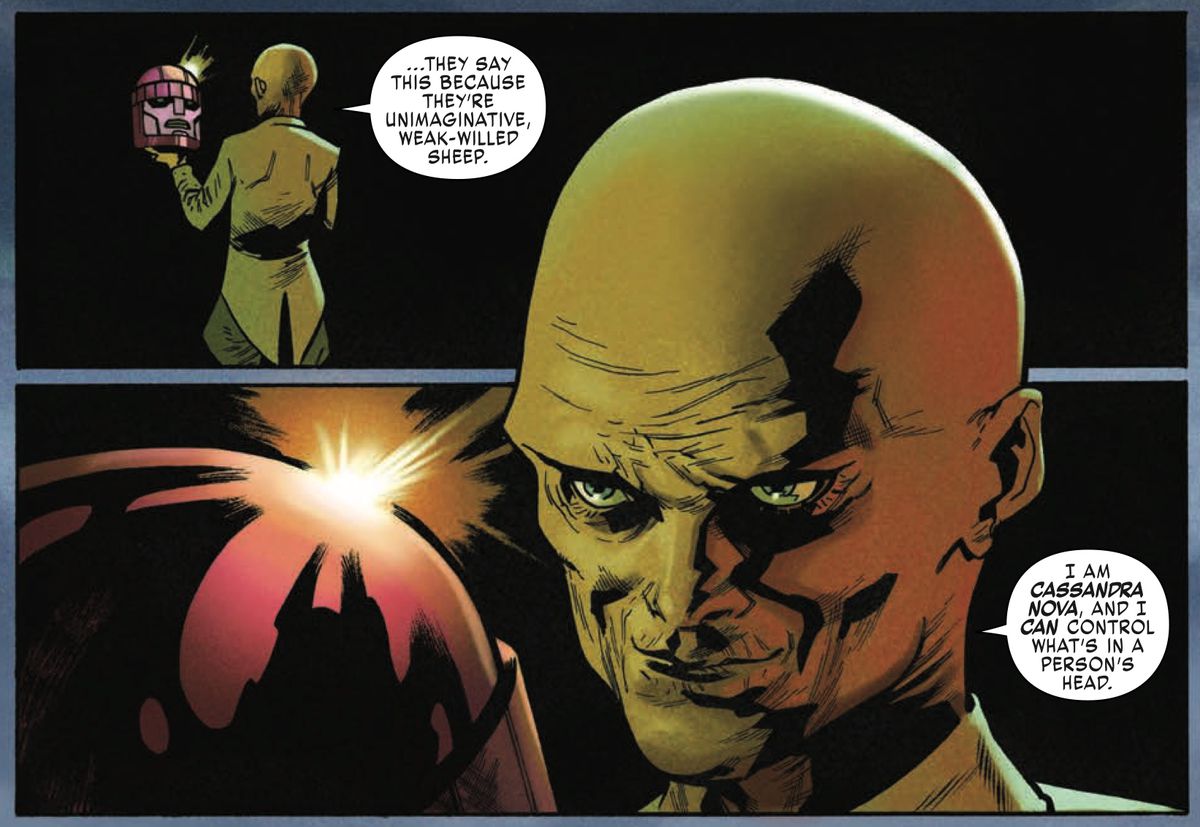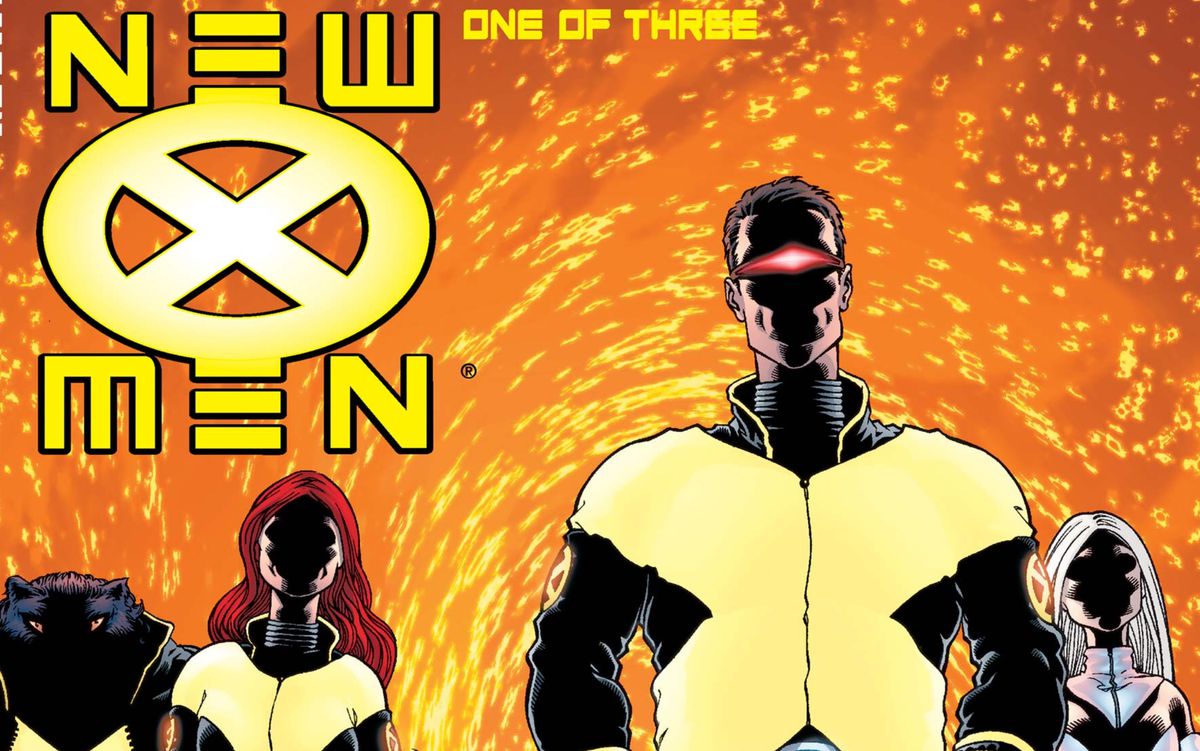X-Men ’97 entered the X-Men’s ‘Magneto had right’ era with a bloodbath
In the first half of the first season, X Men ’97 played it a bit safe. That’s not to say things haven’t been quite fun, as the show has put its own spin on the Inferno and Lifedeath storylines, Magneto inheriting leadership of the X-Men, and the birth of Nathan Summers – all mainstays of X-Men. Men’s continuity or beloved greatest hit stories from the 1980s and 1990s.
But in the fifth episode, X Men ’97 does something X-Men: The Animated Series could never have. Moreover, the show did it emphatically, boldly and downright thrilling: a half-hour workshop on what you get when the X-Men’s brands of soap opera, sci-fi action and philosophy of the Other come together just right.
You get one of the best spectacles that superhero comics can offer.
(Ed. remark: This piece contains spoilers for ‘Remember It’, the fifth episode of X Men ’97.)
Image: Marvel Animation
Continue this week X Menthe X-Men went to Genosha and they saw it fall.
What’s going on with Genosha?
Genosha is an island nation for mutants, first created by Chris Claremont and Rick Leonardi in 1988. If you’ve been reading X-Men comics since 2019, Genosha is probably a lot like Krakoa, the island nation for mutants introduced in 2019. House of X/Powers of X series. And writer Beau DeMayo and director Emi Yonemura certainly play with that resonance in “Remember It.”
Their version of Genosha is ruled by a “council” that includes Magneto, Sebastian Shaw, Emma Frost, and Nightcrawler as religious advisors. Moira MacTaggert is also there, with Exodus in cameo, as the X-Men attend a ‘gala’ full of mutant fashion and music – all hallmarks of Krakoan.
But the episode’s silent cameos are full of 1990s mutant students like Glob Herman, Pixie, and Nature Girl, and they’re an early warning sign that “Remember It” is merely weaving Krakoan wrappings around the island of Genosha. Because while the story of Krakoa (even as it comes to an end) is about a mutant paradise, the story of Genosha is about a mutant genocide.
Claremont and Leonardi’s Genosha began its editorial existence as a totalitarian state that oppressed all mutants within its borders, intended as a direct metaphor for South African apartheid. But by the late 1990s, the original Genoshan government had been overthrown and replaced by a Magneto-led mutant state. That is, until 2001, when in the second issue of Grant Morrison’s New X Men, “E Is for Extinction (Part 2),” an anti-mutant supervillain slaughtered all 16 million mutants on the island in one day using a Kaiju-sized, insect-shaped Sentinel robot and fleet. That’s exactly what happens in X Men ’97“Remember.”
Who destroyed Genosha?

Image: Tom Taylor, Mahmud Asrar/Marvel Comics
X Men ’97 conspicuously leaves this question dangling, at least in this episode. When Cable arrives from the future with a dire but vague warning (as he does here to Madelyne Pryor), it usually indicates that the villain Apocalypse is to blame. But Kaiju-sized Sentinels aren’t really Apocalypse’s style.
DeMayo and Yonemura were probably very aware that fingers would also point to the villain who destroyed Genosha in the comics: Cassandra Nova, Professor Xavier’s evil doppelgänger. Needless to say, now that the professor is dead, it’s a good time to make his dark mirror appear and give everyone complicated feelings about it. And now that Jean and Madelyne appear to suffer a psychological attack during Genosha’s death, the evidence piles up.
But the really exciting thing about “Remember It” is that we’re even talking about it X Men ’97a show about replicating nostalgia for the X-Men of the 1990s, and Cassandra Nova, the quintessential 1990s X-Men supervillain, in the same breath.
When Cassandra Nova is on the table, anything can happen.
X-Men ’97 is an X-property that goes beyond its mandate

Image: Frank Quietly/Marvel Comics
For X-Men scientists, the 1990s are infamously known as a time of transition. From 1975 to 1990, the characters were essentially the pet project of Chris Claremont, the first writer to really make the title a success. With his departure, the
When you talk about the “90s X-Men era” with X-Men: The Animated Series is so closely linked that there is a specific point at which the period is considered over, period: not New Year’s Eve 1999, but the moment Grant Morrison and Frank Quietly published their first issue New X Men in 2001.
Morrison was the first post-Claremont writer to really iterate, rather than simply replicate, the concept of the X-Men. The X-Men went completely postmodern, with Morrison as interested in creating a superhero comic as he was in playing with the idea of a newly emerging culture defined by being oppressed and having strange powers. Ideas of mutant fashion, art and social commentary – from mutant teens who felt daring enough to dress as anti-mutant racists and piss off their teachers by wearing “Magneto was right” T-shirts – define the Morrison era .
In Claremont’s In Morrison’s X-Men, they were a large part of the Xavier school’s student population. “Remember It” prominently features Morrison and Quietly’s Glob Herman, whose mutation is that he is a skeleton and organs encased in a regenerating mass of flammable, pink, translucent paraffin. They also introduced the concept of “secondary mutation”, to transform existing mutant characters, giving Beast a cat-like face and digital legs.
Morrison’s swerve was so reactionary to the ’90s X-Men – Beast, a monster; Cyclops marries Emma Frost; Jean welcomes the power of the Phoenix with open arms; Genosha was massacred – it’s no surprise the people are behind it X Men ’97 would be tempted to apply the events to this earlier, more innocent version of the characters. It wouldn’t even be the first time.
Since then, there have been over 25 years of new X-Men stories X-Men: The Animated Series went off the air. It would be unreasonable to expect the people behind it X Men ’97 not to look to those decades for inspiration. “Remember It,” easily the show’s best episode yet, is a very compelling reason to be excited about that.
